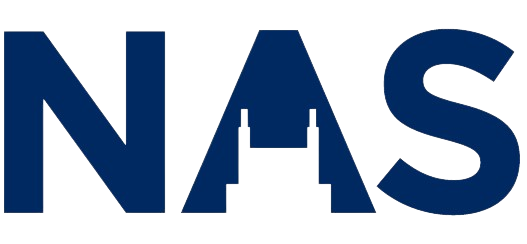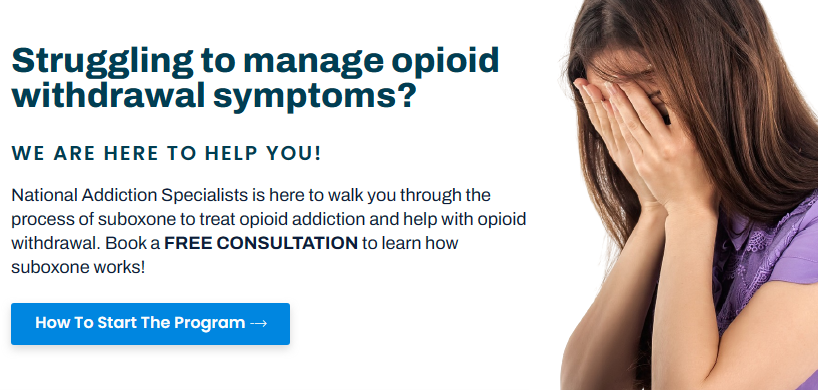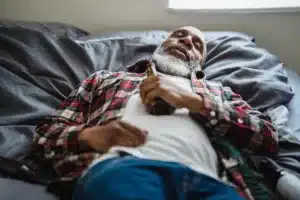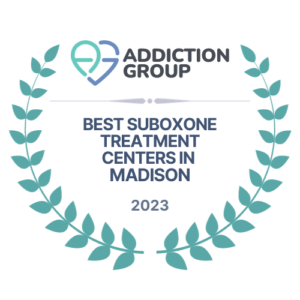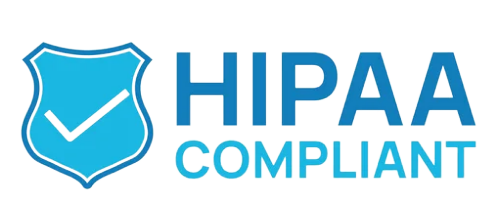Opioid Withdrawal and Recovery
Opioid Withdrawal Symptoms
Opioid Withdrawal
Opioid withdrawal usually begins a few hours after a person dependent on opioids stops using the drug or significantly reduces the dose. Several variables, including the specific opioid used, dose, duration of use, and individual characteristics, affect the course of opioid withdrawal.
Causes of Opioid Withdrawal
The body adjusts to the presence of opioids and changes the production of particular brain chemicals when a person becomes physically dependent on opioids.
A person’s body cannot produce the same quantity of these chemicals when they stop using opioids or significantly reduce their dosage, causing a chemical imbalance that results in withdrawal symptoms. Opioid withdrawal can also be brought on by opioid blockers like naloxone, which are frequently used to treat opioid overdose.
Common Symptoms of Opioid Withdrawal
While the withdrawal effects of opioids can be painful, they can also be unnoticeable in between doses. The following are some things to watch out for.
- Constant digestive issues such as stomach pain, constipation, and vomiting.
- Dilated Pupils
- Restlessness and trouble sleeping
- Increased heart rate
- Excessive sweating
- Flu-like symptoms that last a long time
- Slurred speech
- Sudden weight loss
National Addiction Specialists use the clinical opioid withdrawal scale (COWS Score) to determine the severity and level of opioid withdrawal using the eleven most common opioid withdrawal signs and symptoms, which are as follows:
1. Resting Pulse Rate (BPM)
2. Sweating
3. Restlessness
4. Dilated Pupils
5. Gastrointestinal Upset
6. Bone and Joint Aches
7. Runny Nose/Tearing
8. Tremors
9. Yawning
10. Anxiety or Irritable
11. Gooseflesh Skin
Prolonged opioid withdrawal can lead to extreme dehydration and seizures if left untreated.
It is important to consider that while Suboxone can be a helpful medication in the recovery process, it may not be sufficient on its own and could potentially pose risks if not used properly. We strongly recommend medically assisted withdrawal as the safest and most effective approach for addiction treatment recovery.


Treatment for Opioid Withdrawal Symptoms
Suboxone is not equivalent to maintenance strength of methadone. In order to try Suboxone without going into majormajor withdrawal, amethadone patient would have to taper down to 30mg or less of methadone.
There are several treatments available to help manage opioid withdrawal symptoms and make the process more bearable. This could involve
1. Using drugs like buprenorphine (Suboxone), methadone, and vivitrol to treat opioid withdrawal symptoms and cravings
2. Some people may benefit from counseling, behavioral therapy, and support groups. These therapies might be helpful in assisting patients get over their addiction.
It's important to understand that treating opioid withdrawal symptoms is just the beginning of the road to recovery. Suboxone as a medication won't be enough to help you recover permanently. It should be used in combination with ongoing treatment, such as a medication assisted treatment (MAT) program, which combines medication with counseling and behavioral therapies to maintain long-term opioid abstinence.
Suboxone Maintenance for Opioid Withdrawal
Suboxone is often used as a maintenance treatment for opioid addiction, which means it is taken on a daily basis to help minimize cravings and withdrawal symptoms. It may also aid in the prevention of relapses. It is normally prescribed and administered by a specialist under the supervision of a physician.
Suboxone is a drug that combines buprenorphine and naloxone. Buprenorphine is an opioid medication that works on the same brain receptors as heroin and oxycodone. Buprenorphine, on the other hand, has a reduced risk of overdose and addiction than other opioids. Naloxone is an opioid antagonist that can be used to reverse an overdose by neutralizing the opioid’s effects.
Some people have been discouraged from getting effective treatment for opioid addiction due to misconceptions about the use of suboxone for opioid addiction. Let’s take a look at some of the misconceptions and the resources available to anyone interested in learning more about suboxone addiction treatment with how Suboxone Treatment for Opioid Addiction works.
Detoxification or Medically Supervised Withdrawal
Certified Suboxone doctors can use detoxification or medically supervised withdrawal for patients who self-administer opioids and those receiving opioid agonist treatment (e.g., methadone treatment). The patient’s dependence on short-acting or long-acting opioids is considered when deciding whether detoxification will involve direct induction or buprenorphine tapering.
One of the advantages of detoxification is that it allows opioid-user to get off opioids quickly. Detoxification risks include a very high relapse rate. It is recommended to work with a certified addiction specialist or provider that will make an individual assessment based on the circumstances of each patient and a treatment plan that best suits the patient’s needs.
In a study conducted by Gowing, L., Ali, R., White, J. M., & Mbewe, D. (2017). Buprenorphine for managing opioid withdrawal. The Cochrane Database of Systematic Reviews, 2017(2). It shows that in terms of severity of withdrawal, duration of withdrawal treatment, and the likelihood of treatment completion, buprenorphine (Suboxone) is more effective than clonidine or lofexidine for managing opioid withdrawal.
- National Addiction Specialists are here to walk you through the Suboxone treatment for opioid withdrawal from the comfort of your own home using telemedicine.
Suboxone Treatment for Opioid Withdrawal Symptoms
Suboxone may be used to lessen the effects of opioid withdrawal and prevent relapse. Withdrawing from opioids may be uncomfortable and even harmful. Muscle pains, nausea, diarrhea, exhaustion, and difficulties sleeping are a few of the symptoms. Those who experience these symptoms could find it challenging to quit taking opioids and maintain their recovery.
A person may use Suboxone to lower the intensity of their withdrawal symptoms, which will make it simpler for them to quit using opioids and maintain their recovery. Buprenorphine, which is a component of Suboxone, helps minimize cravings and withdrawal symptoms, while naloxone can stop opioids' pleasant effects.
Keep in mind that a licensed medical expert should only recommend and oversee the use of Suboxone. It should also be a part of a comprehensive treatment strategy that includes support and counseling.
Additionally, to avoid a sudden withdrawal from opioids when detoxing with Suboxone, the process should be carried out gradually and under the guidance of a medical professional.
To sustain long-term recovery and avoid relapse, it is critical to be dedicated and proactive in seeking treatment and support. Here are 14 tips to prevent relapse that might help you.
What to do before a Suboxone Appointment?
- If you are starting on Suboxone and are not currently on it, be in Withdrawal for your 1st visit. Withdrawal symptoms include: sweating, restlessness, joint pain, runny nose/tearing, hand tremor, anxiety, and goosebumps.
- Prior to 1st visit: No Heroin, Percocet, Lortab, or Vicodin for at least 12 hours; No MS Contin, Oxycontin, Opana for at least 24 hours. No methadone for at least 2-3 days with doses of 30mg/day or less for the prior 7 days.
Opioid Addiction Treatment
It is essential to understand that recovery from opioid addiction is a long-term process that may require ongoing treatment and support. Working with a qualified opioid addiction treatment provider can help people with opioid addiction develop an individualized treatment plan to meet their specific needs and goals.
National Addiction Specialists are on a mission to make Suboxone treatment for opioid addiction available and convenient to those who need it. Don't let the cost hold you back from getting the treatment that you need. Our Suboxone clinic accepts medicaid, medicare and insurance plans.
About Opioid Addiction Recovery
Suboxone has been shown to be useful in the treatment of opioid addiction. Check out these collections of Suboxone-related information. Contact us if you have any questions about Suboxone and how it works. We are here to assist you!
Got Questions to Ask? We are here to assist you!
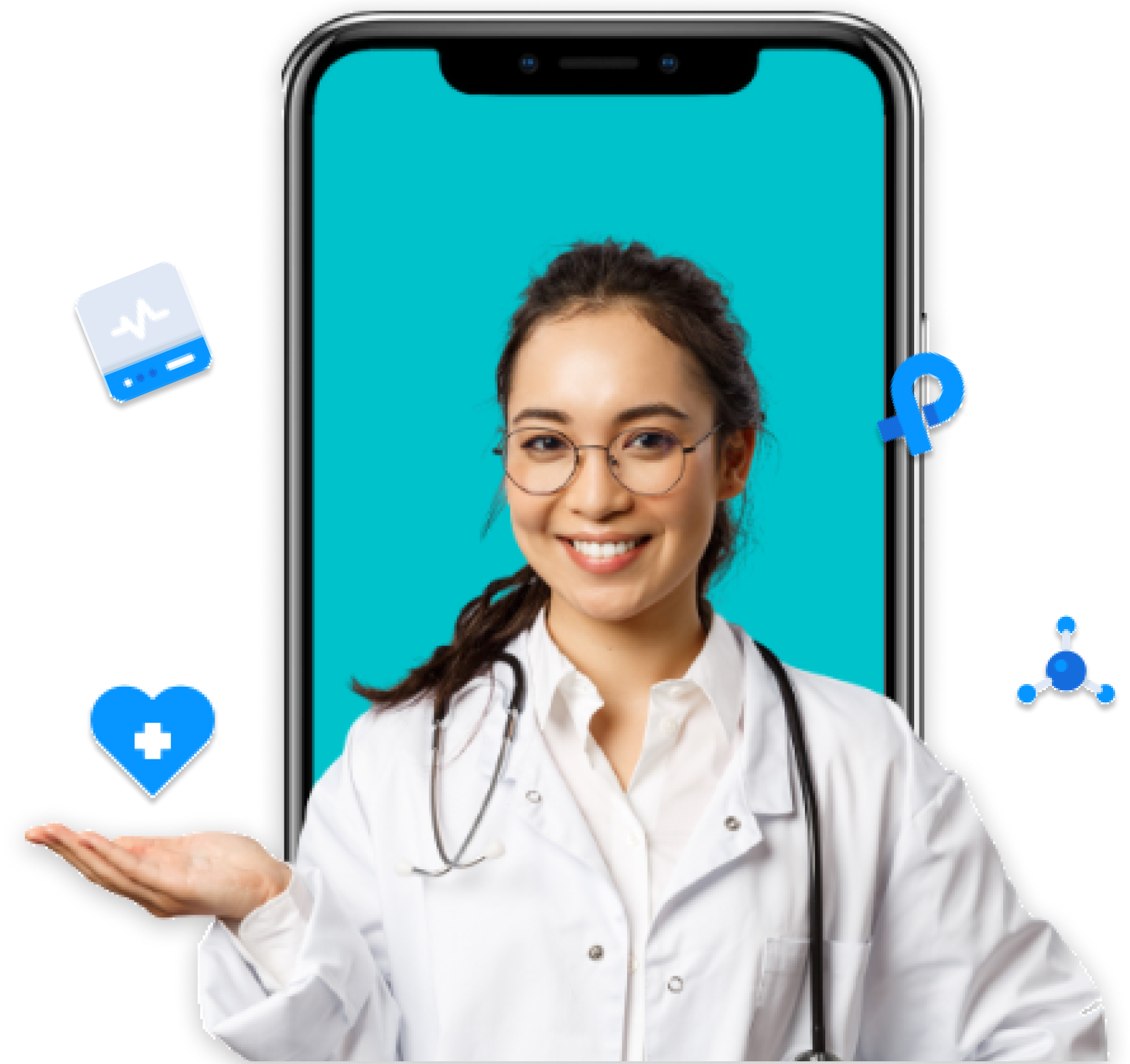

Learn How to Manage Opioid Withdrawal Symptoms. Book Free Assessment Now


